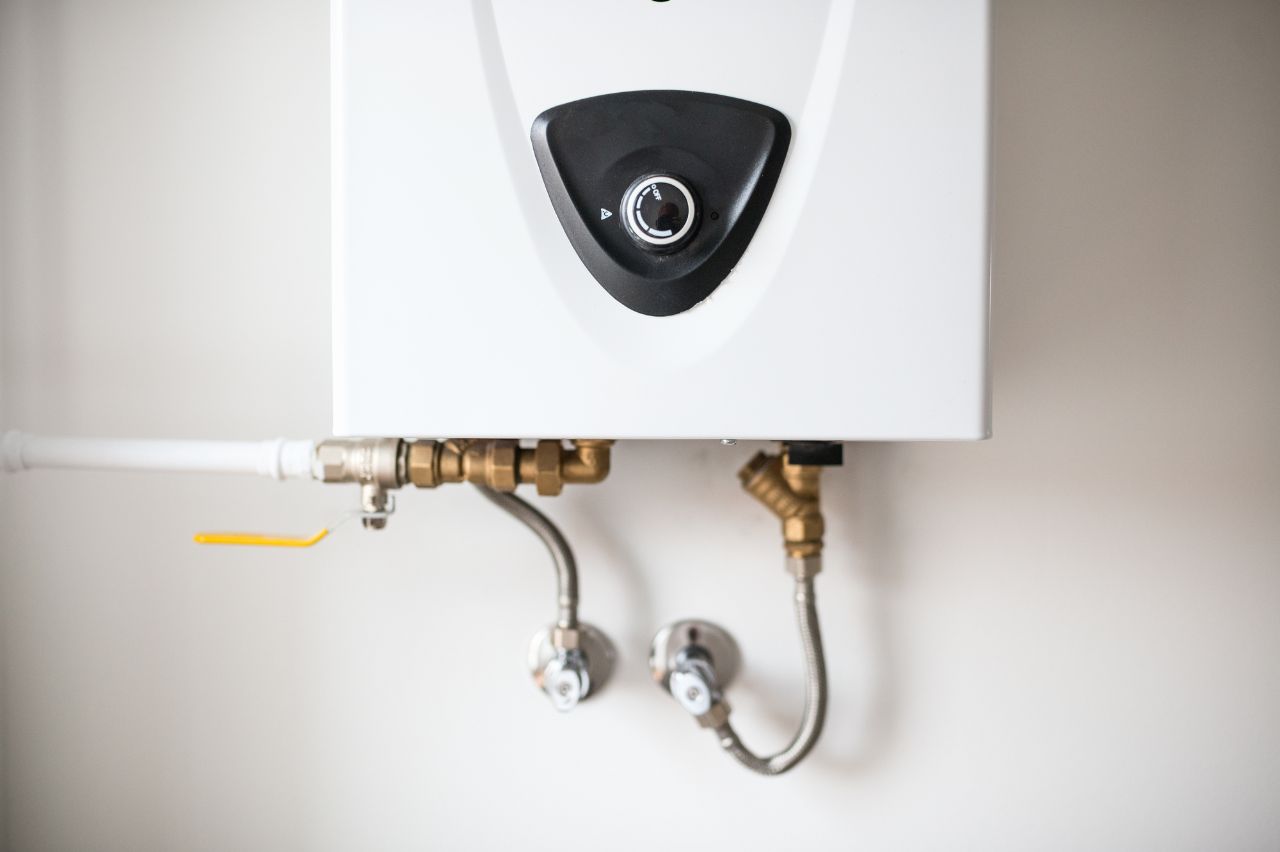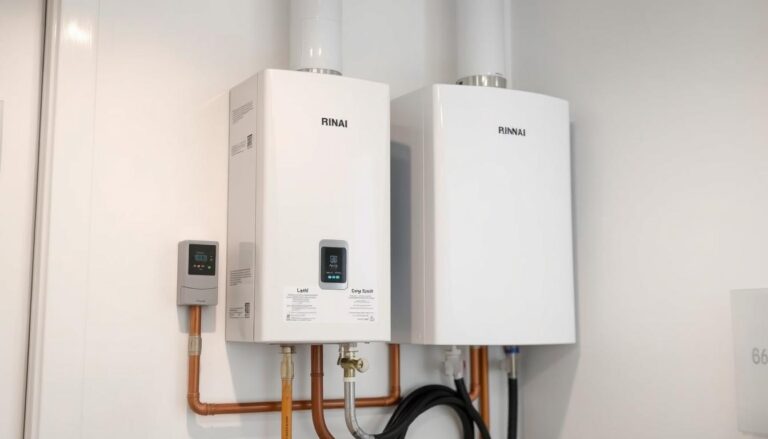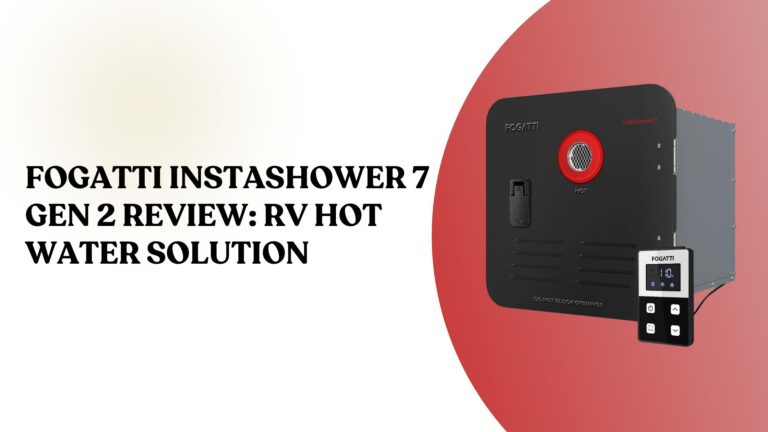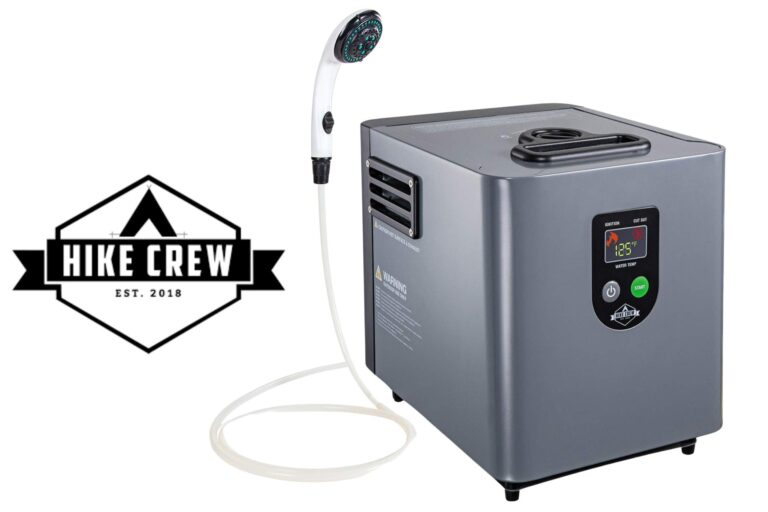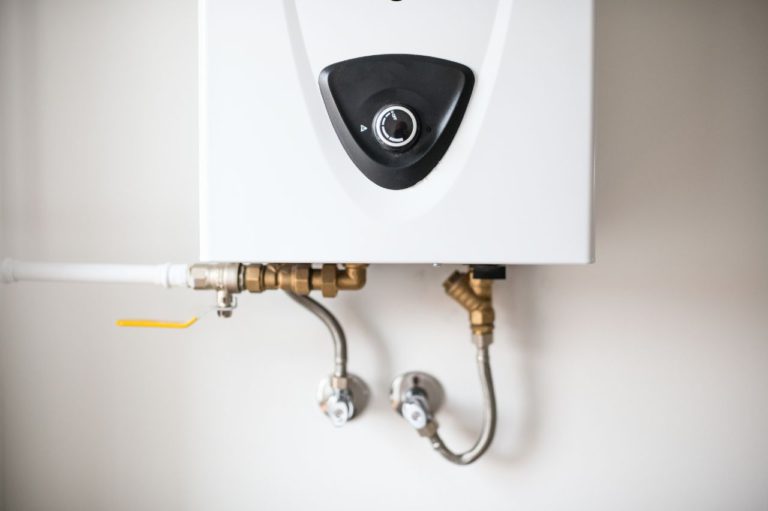Why You Need to Flush Your Tankless Water Heater
Are you experiencing a drop in water pressure or temperature when using your tankless water heater? It might be time for a flush.
Tankless water heaters are a great investment for your home, providing endless hot water on demand while also saving space and energy.
However, just like traditional water heaters, tankless models require maintenance to ensure they continue to function efficiently.
So, let’s dive in and learn how to keep your tankless water heater running smoothly for years to come.
Key Takeaways:
- Flushing your tankless water heater is crucial for maintaining its efficiency and preventing mineral buildup and debris accumulation.
- Signs that your tankless water heater needs to be flushed include reduced water pressure or temperature, strange noises, and decreased system efficiency.
- Flushing your tankless water heater has benefits such as maintaining efficiency, preventing reduced water pressure and temperature, and extending its lifespan.
- The frequency of flushing depends on factors like water hardness and manufacturer recommendations, but it’s generally recommended to flush it at least once a year.
- The step-by-step process to flush your tankless water heater involves turning off power, closing the water supply valve, connecting a hose, opening valves, and letting water flow until it runs clear.
Understanding the Importance of Flushing Your Tankless Water Heater
Tankless water heaters are designed to provide hot water on demand without the need for a storage tank.
This means that water is heated as it passes through a heat exchanger, which can become clogged with mineral deposits and debris over time.
When this happens, the system’s efficiency can be compromised, resulting in reduced water pressure and temperature.
Flushing your tankless water heater is an essential part of its maintenance and helps to prevent mineral buildup and debris from accumulating in the heat exchanger.
This, in turn, ensures that your tankless water heater continues to function efficiently, providing hot water on demand whenever you need it.

Signs That Your Tankless Water Heater Needs to Be Flushed
There are several signs that your tankless water heater needs to be flushed.
These include reduced water pressure or temperature, strange noises coming from the unit, and a decrease in the system’s efficiency.
If you notice any of these signs, it’s important to take action and flush your tankless water heater to prevent further damage to the system.
Ignoring these signs can lead to more serious problems down the line, such as leaks or system failure.
The Benefits of Flushing Your Tankless Water Heater
Flushing your tankless water heater has several benefits. First and foremost, it helps to maintain the system’s efficiency, ensuring that it continues to provide hot water on demand.
It also helps to prevent mineral buildup and debris from accumulating in the heat exchanger, which can lead to reduced water pressure and temperature.
Additionally, flushing your tankless water heater can extend its lifespan, saving you money in the long run by avoiding costly repairs or replacements.
Regular maintenance, including flushing your tankless water heater, is essential for keeping your system running smoothly for years to come.
How Often Should You Flush Your Tankless Water Heater?
The frequency with which you should flush your tankless water heater depends on several factors, including the hardness of your water and the manufacturer’s recommendations.
In general, it’s recommended that you flush your tankless water heater at least once a year to ensure that it continues to function efficiently.
If you have hard water, you may need to flush your system more frequently to prevent mineral buildup and debris from accumulating in the heat exchanger.
Check your manufacturer’s recommendations for specific guidelines on how often to flush your tankless water heater.
Step-by-Step Guide on How to Flush Your Tankless Water Heater
Flushing your tankless water heater is a relatively simple process that can be done in just a few steps. Here’s a step-by-step guide on how to flush your tankless water heater:
1. Turn off the power to your tankless water heater.
2. Close the water supply valve to the system.
3. Connect a hose to the hot and cold service valves on the unit.
4. Place the other end of the hose in a bucket or drain.
5. Open the pressure relief valve on the unit.
6. Open the cold water service valve and let the water flow through the unit and out the hose.
7. Close the cold water service valve and open the hot water service valve.
8. Let the water flow through the unit and out the hose until it runs clear.
9. Close the hot water service valve and remove the hose from the unit.
10. Open the water supply valve and turn the power back on to the unit.
Common Mistakes to Avoid When Flushing Your Tankless Water Heater
When flushing your tankless water heater, there are several common mistakes to avoid. These include:
- Not turning off the power to the unit before beginning the flushing process.
- Forgetting to close the water supply valve before connecting the hose to the unit.
- Failing to open the pressure relief valve on the unit can cause damage to the system.
- Not letting the water flow through the unit long enough to remove all mineral buildup and debris.
- Forgetting to turn the power back on to the unit once the flushing process is complete.
Frequently Asked Questions About Flushing Tankless Water Heaters
Q: How long does it take to flush a tankless water heater?
A: The flushing process typically takes between 30 minutes to an hour, depending on the size of your unit and the severity of the mineral buildup.
Q: Can I flush my tankless water heater myself, or do I need to hire a professional?
A: You can flush your tankless water heater yourself by following the step-by-step guide provided in this article. However, if you’re unsure about the process or feel uncomfortable doing it yourself, you can hire a professional plumber to do it for you.
Q: Do I need any special tools or equipment to flush my tankless water heater?
A: You’ll need a hose, a bucket or drain to catch the water, and a screwdriver to open the pressure relief valve on the unit.

Tankless Water Heater Maintenance Tips
In addition to flushing your tankless water heater, there are several other maintenance tips you can follow to keep your system running smoothly. These include:
- Checking the air filter on your unit regularly and cleaning or replacing it as needed.
- Inspecting the heat exchanger for signs of mineral buildup and cleaning it if necessary.
- Checking the venting system for any obstructions or damage.
- Checking the system’s water pressure and adjusting it if needed.
- Having your tankless water heater serviced by a professional plumber at least once a year.
Conclusion
Flushing your tankless water heater is an essential part of its maintenance and helps to prevent mineral buildup and debris from accumulating in the heat exchanger.
By following the step-by-step guide provided in this article and avoiding common mistakes, you can flush your tankless water heater yourself and ensure that it continues to function efficiently for years to come.
Remember to also follow the other maintenance tips provided to keep your system running smoothly and extend its lifespan.
With proper maintenance, your tankless water heater can provide endless hot water on demand while also saving space and energy.

